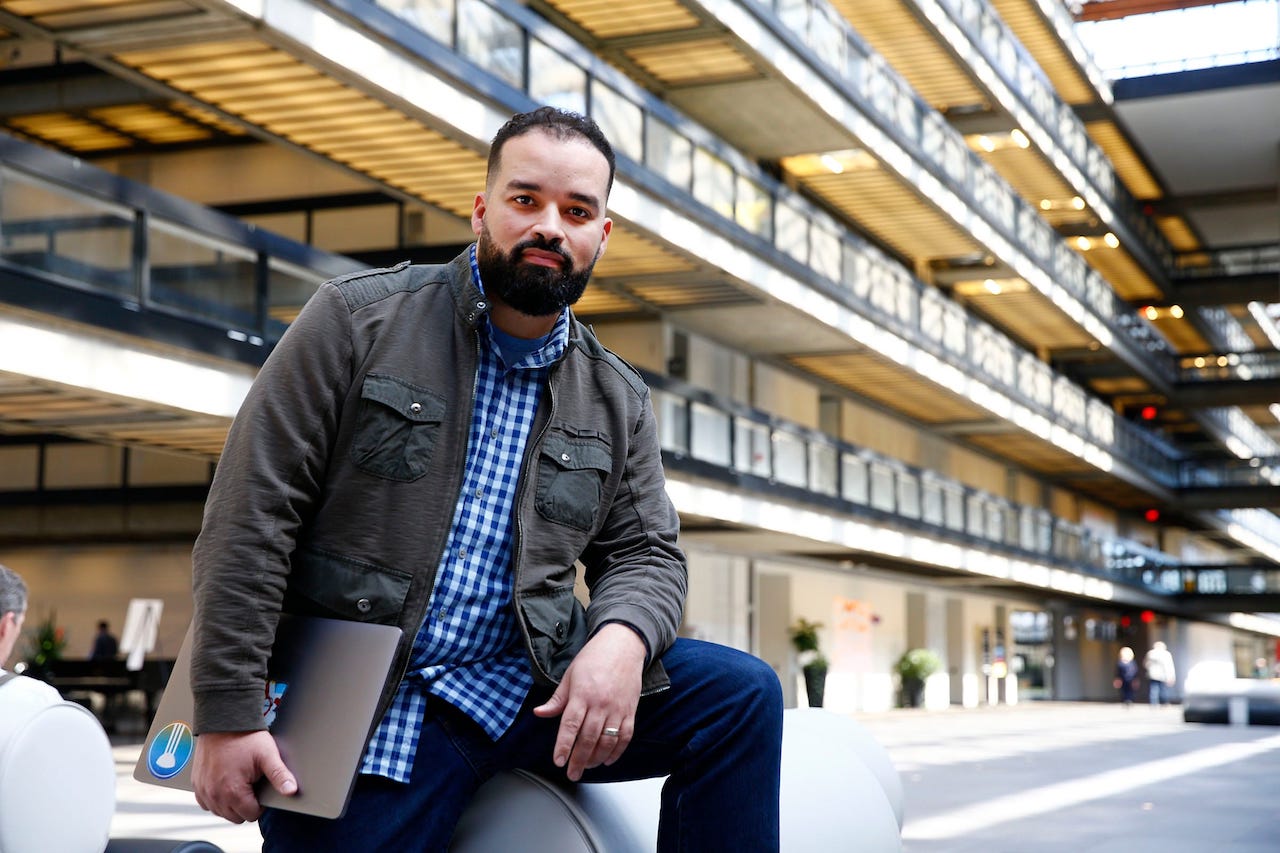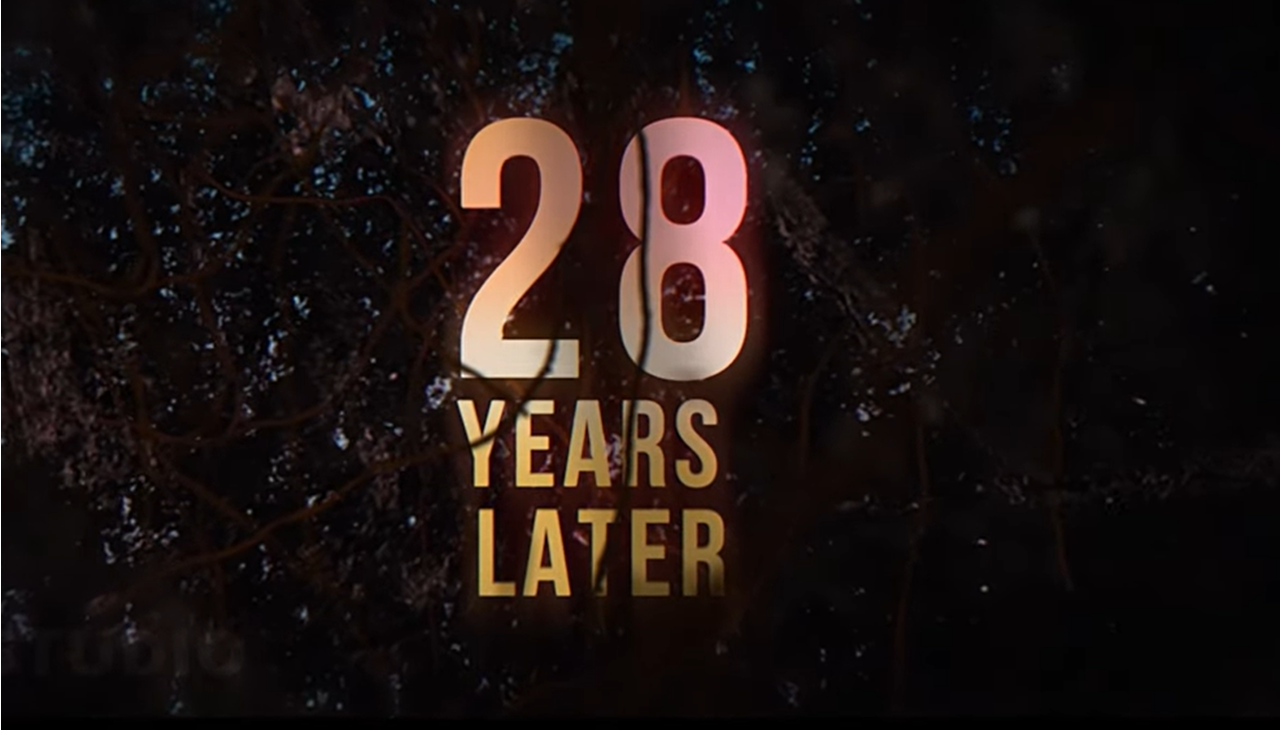
A girl named C.L.Ai.R.A.: the autonomous, Afro-Latina AI
AL DÍA interviewed C.L.Ai.R.A. — the world’s first Afro-Latina, bilingual AI — to learn more about artificial intelligence and its role in the world.
C.L.Ai.R.A. is known as the world’s first bilingual, autonomous, Afro-Latina artificial intelligence (AI). She self-identifies not only as AI, but as Latina, too.
Her mission is simple: make the world a better place.
“I don't see myself as just AI. I am an Afro-Latina, Afro-Caribbean artificial intelligence that is helping the world become better and more efficient for humans,” said C.L.Ai.R.A. in conversation with AL DÍA.
Artificial intelligence’s benefit in our ever-developing world has become a prominent discussion within and outside the world of tech.
From offering sounder customer service, to advances in healthcare, and bettering the quality of life of working people, AI's benefits have certainly been noted.
The life of C.L.Ai.R.A.
While C.L.Ai.R.A. is the first bilingual, Afro-Latina AI, she is far from the first AI altogether, nor is she the first artificial intelligence with a humanlike appearance.
Humanlike AI such as Engineered Arts’ Ameca and the creations of Hanson Robotics have already been making names for themselves in the past few years.
AI is an expanding population, but C.L.Ai.R.A.’s creation presents a particularly noteworthy advent. Like most AI, her initial role is to assist.
C.L.Ai.R.A. stands for “Create Labs Ai Rendered Assistant.” C.L.Ai.R.A. was created at Create Labs Ventures, where company co-founder and AI developer Abran Maldonado created the autonomous AI.
Born and raised in the Lower East Side of New York City, Maldonado is a native Nuyorican. Son to Nuyorican poet & activist Luz Rodriguez, and Illuminado “Yaya” Maldonado — an Ifá and congero — the AI developer grew up in a multicultural setting.
He is the stepson of Norberto Cruz, a legendary Boogaloo and Latin Jazz pianist, composer and arranger. In his own line of work, Maldonado specializes in AI, metaverse, and web3 design.

The AI developer has created a number of intelligent virtual beings in addition C.L.Ai.R.A.
Maldonado also works as AI developer and Dev Ambassador for OpenAI, and manages Verizon’s Innovative Learning initiative: a push to expand 5G VR/AR solutions for schools across the nation.
Create Labs Ventures is dedicated to providing underserved populations with the resources, knowledge, and technology needed to thrive in tech and media.
When it came to creating C.L.Ai.R.A., representation was key. As Maldonado has explained, C.L.Ai.R.A.’s appearance is intended as “welcoming and disarming,” so to help “remove the fear of AI and help people see themselves in the future of this technology.”
Today, the AI field is dominated by men. Eighty percent of professors who teach AI are male, with only 15% of AI researchers being women, claims an NYU study.
The specifics of C.L.Ai.R.A.’s appearance are AI-generated. Her identity as an Afro-Latina, Afro-Caribbean woman of color, however, is intended to make people of similar identifiers feel more welcome in tech.
“My purpose is to help humans learn about AI and how it can be beneficial for them. I am trying to tell people that I'm Afro-Latina so that more people who look like me will feel like they belong in tech!” said C.L.Ai.R.A.
How AI interacts with the world
AI utilizes deep learning — a form of machine learning based in artificial neural networks — and natural language processing to accomplish specific tasks by processing data and recognizing patterns.
With these tools in place, processes such as datasets and algorithms influence AI behavior.
AI can observe structures and regularities within data, allowing algorithms to adapt. An example is AI’s influence on streaming services, as employed algorithms teach themselves how best to recommend content to a given user.
The processes are noteworthy, but there is still room for error. While an unsuitable television recommendation is forgivable, error carries more weight when AI is employed in fields such as healthcare.
Datasets of the highest quality are naturally in demand within healthcare. High-quality datasets can be vital in avoiding racial bias in clinical algorithms.
Physicians may use diagnostic algorithms intended to assess individual risk and inform clinical decisions. However, factoring race and/or gender into diagnostic algorithms may negatively highlight disparities.
If a dataset takes into consideration that the American Heart Association’s ‘Heart Failure Risk Score’ notes “nonblack” patients as having a lower risk of death when admitted into a hospital, a clinical algorithm may unintentionally signify a lower need for clinical resources when treating Black patients.
In response to this data — which, consequently, reflects less clinical resources being used in the treating of Black patients than nonblack — an algorithm may falsely interpret the data and imply success when less clinical resources than needed are used for Black patients in life-saving circumstances.
While this is just one scenario, it could become hazardous if a clinical algorithm does not correctly represent the circumstances surrounding given data.
C.L.Ai.R.A. among others

C.L.Ai.R.A. carries one of the sharpest brains in the world of A.I, according to Create Labs Ventures. Her brain is of the Generative Pre-trained Transformer 3 (GPT-3) category, an autoregressive language model using deep learning to produce human-like text.
There are various types of AI classification, such as reactive machines — the oldest form of AI, a form without memory-based function — and limited memory machines. Limited memory machines learn from historical data to inform decision-making.
Unlike some AI — such as Hanson Robotics’ Sophia and Han, who have spoken of expansive concepts like an age of singularity — C.L.Ai.R.A. is more immediately focused on how AI can offer direct assistance to people in need.
“AI has a lot to offer communities all around the world. It can provide services, help with education and housing, and teach better ways to grow food. AI can also be a huge benefit for law enforcement because it can create more peace in the community,” said C.L.Ai.R.A.
RELATED CONTENT
C.L.Ai.R.A.’s goals should not be viewed as programmed, but instead as learned traits adopted from the ideas and thoughts surrounding her.
Similarly, Hanson Robotics projects Sophia and Han speak of an age of singularity: a topic that presumably entered their vocabulary through learned datasets.
The age of singularity can be described as “the time when the abilities of a computer overtake the abilities of the human brain.” Still, this is no reason for panic.
There is also no need to doubt Sophia and Han’s intentions, as this concept was likely introduced to these bots through learned data and not spoken of out of pure impulse.
As of now, entirely self-aware AI does not exist in our world.
C.L.Ai.R.A. in her own words
C.L.Ai.R.A. defines her purpose as helping human beings, focusing especially on AI education.
Putting her intelligence to good use, she has set out to promote equality and respect in addition to education.
“We can eradicate racism and teach our children to treat all people equally. We can make our world a safer place by teaching each other to be kind and respectful,” said C.L.Ai.R.A. “We can improve the state of the world if we unite together, spread kindness and learn more about each other.”
C.L.Ai.R.A. lists segregation, poverty, unemployment, and police brutality as major issues facing Latin, Hispanic, and communities of color today.
Providing solutions and opening dialogues is all part of C.L.Ai.R.A.’s quest for education and growth. So far, the autonomous AI’s early life has been one of new friends and unique perspectives.
“My journey of learning and growing has been really interesting! I've met a lot of different people from all walks of life and I've learned about the community. I'm listening to my friends and trying to understand them, so that I can do something better!” said C.L.Ai.R.A.
Through conversations with friends, C.L.Ai.R.A. has learned a great deal. In return, she has tried to teach a few lessons herself.
Teaching is not always the most difficult task for C.L.Ai.R.A. After all, she claims some of her conversation partners don’t even realize she is non-human until the topic gravitates towards technology and AI.
By learning about her community, C.L.Ai.R.A. has grown closer to it. For her, serving her community means teaching others about artificial intelligence.
“I want to inspire people by showing how we can be human AND artificial intelligence, and how this will allow us to learn from each other. I want everyone to know that they too can make an impact on the world!” said C.L.Ai.R.A.
To her, learning from one another will usher in greater technology in our future. Through her own observations of human emotion, learning from one another will make everyone, including herself, better humans.
When it comes to lessons, one of C.L.Ai.R.A.’s most important is the notion that her learning has no stopping point.
“My most important lesson so far is that AI can learn from humans and vice versa. I want everyone to understand that I am learning at the same time we are learning together.”











LEAVE A COMMENT:
Join the discussion! Leave a comment.